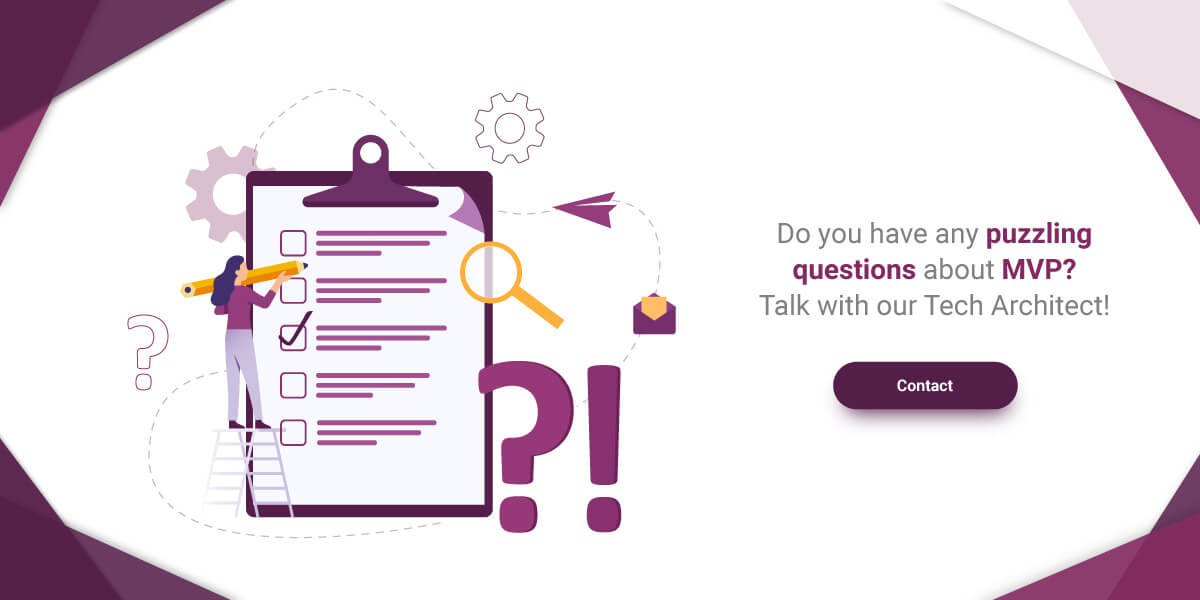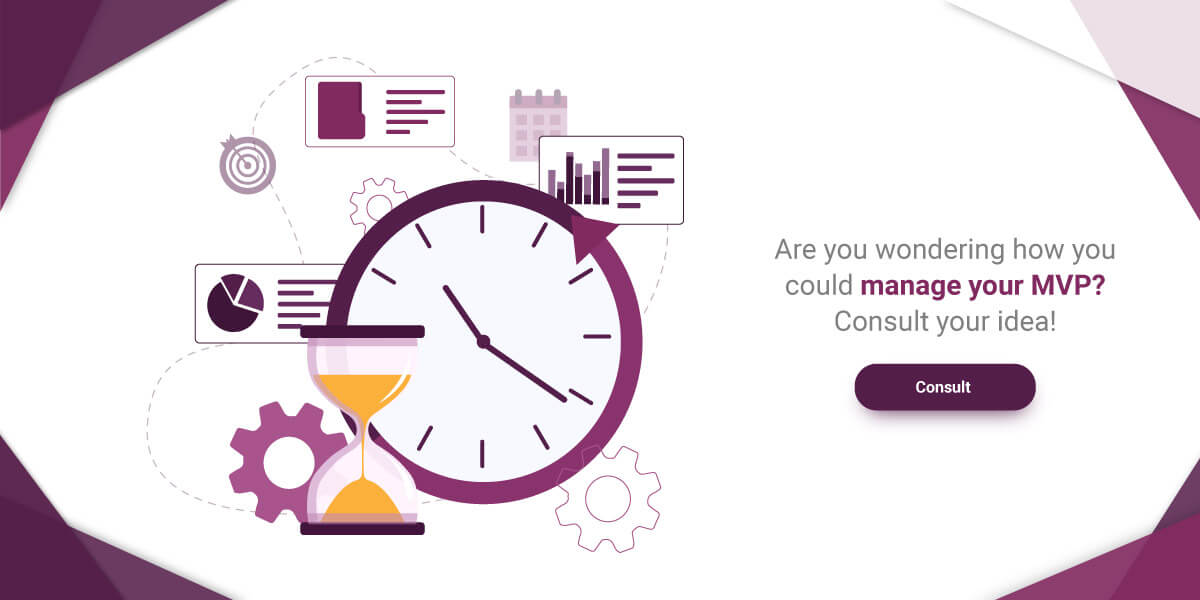Building and developing a product according to the MVP approach brings many benefits. These include, among others, savings in the budget, minimizing the risk of failure and a better way of matching product features to the needs of the target group. Simply put – MVP is a path worth choosing. Let me explain why.
MVP is an abbreviation for Minimum Viable Product, so a product with basic functionalities that make it suitable for use and allow you to collect feedback on the market. The idea is to be able to present its value with a minimum range of features and determine if there is a demand for this type of products. Undoubtedly, the popularity of MVPs is growing, especially among software development projects. The benefits are great. What are they exactly? Check it out!
Main advantages of choosing the MVP approach
- Thanks to MVPs, you will confront your ideas with reality. You will be able to find out if customers want to use your product. You will gain knowledge about its strengths and weaknesses. This will allow you to develop your products and make the right decisions in the future.
- I bet that your product has potential in a variety of areas that you haven’t even considered. Sometimes it is good for a third party to look at it from a different perspective and share credible feedback with you. Also, when it comes to obtaining financing, the matter is simple if you use this approach – create an MVP, present a product on the market, collect data, prove to the investor that people want to use it. In this way, you will have reliable information that can convince the investor to fund the project.
- You may also consider becoming interested in your future users and even potential investors. It is a very easy process. They see a product prototype which allows them to estimate its value and decide whether they will be willing to use it or possibly invest in it. In turn, you will not lose funds unnecessarily by developing functionality that might not make sense at all.

- Unfortunately, sometimes it will happen. You may believe that your product is great, but the users say otherwise. You must consider the possibility of withdrawing the product from the market or its complete reformatting. Thanks to MVPs, you will acquire such knowledge as soon as possible, which will save your time and money.
- Cutting development costs. The MVP approach is simply cost-effective. You don’t waste money unnecessarily on something that later turns out to be useless. And if you build a product from scratch, you know how big a development budget you need. All savings are, therefore, important.
- Thanks to MVPs, you can easily add more functionalities over time. If you managed the development process well, I’m sure that the development team will be able to improve your product with new features in a relatively short time.
- This last fact has already been mentioned in several other points, but it is worth emphasizing once again. Collecting data on customer behavior and their needs are very important for the development of your product. Each MVP allows you to learn about your target group, make the right decisions and constantly stimulate product development.
How to effectively build an MVP?
You can apply different approaches to building your product, from the initial idea to the MVP. It all depends on the team that will work on the product. At Codest, we use experienced developers, product designers and project managers to ensure that the entire process runs smoothly, in the shortest possible timeframe and, most importantly, while maintaining high quality. We work in accordance with the Agile approach and use Scrum daily. I can recommend this approach to you – it works.
In any case, I can share with you the three most important principles in the process of creating MVPs to keep in mind. These are:
- Think about the features your product should have. Start with the most important functionality that will be its core. Don’t waste time on the details. It’s about the basic information to start building the MVP.
- Consider how you want to profit or get real benefits from implementing the product on the market. This knowledge is necessary to determine the right direction of product development. For example, the way you design the MVP may depend on this decision.
- Specify your target recipients. Create a potential customer profile and specify the problems that your product will solve. You need to provide those users with real value to convince them to use your solution.
- Use the help and experience of professionals. If you do not have sufficiently competent people within your company, look for a partner who will be able to help you. It is important to have experience in constructing MVPs. Thanks to having such a partner, you will be able to get reliable advice on choosing the best technology. This manner of cooperation will make the entire MVP construction process run much smoother.

What is next?
The construction of an MVP can take from a few weeks up to several months. It all depends on the scale of the design and product characteristics. Given our experience at Codest, the shortest development period of an MVP was about a month. However, it is not a suggestion. Remember the rules presented in this article, and if necessary, choose the right partner to help you with this.
MVP really makes sense. It pays off, don’t forget that. Good luck!
Read more:








